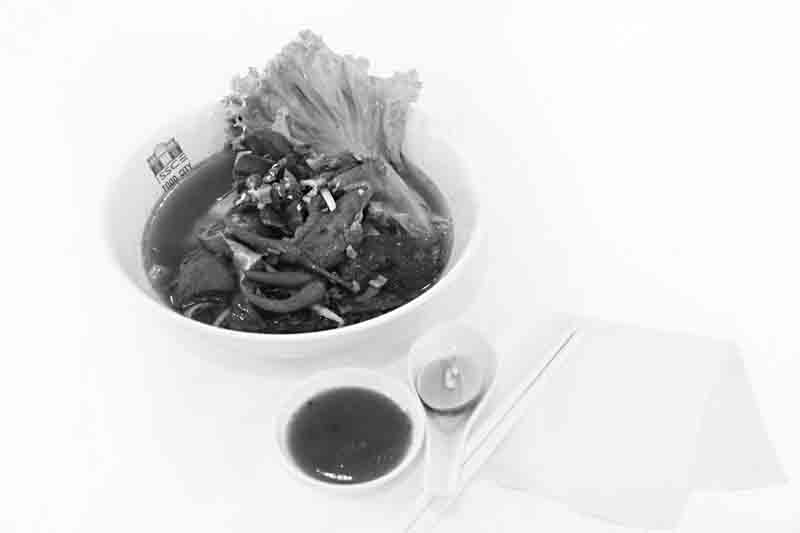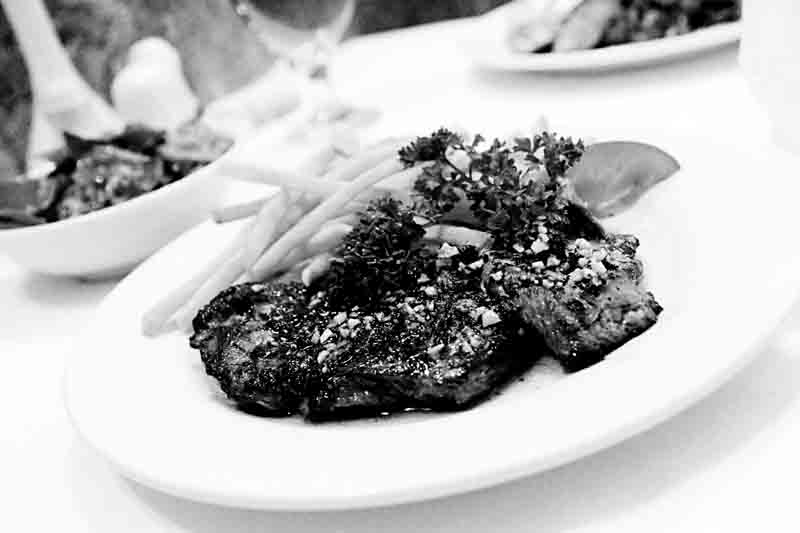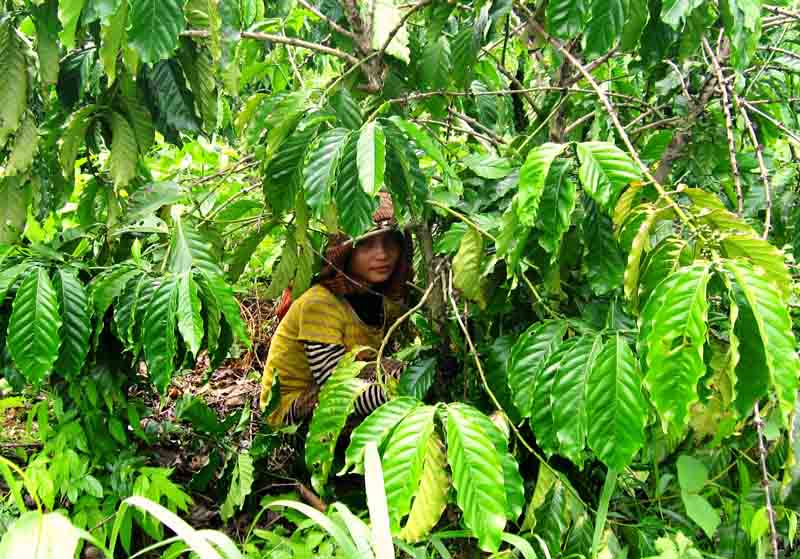Breakfast: the most important meal of the day. But in the Kingdom of Wonder breakfast can often leave you wondering; when born and bred Phnom Penhites eat their first meal of the day they appear, to expat eyes, to be erroneously chowing down on their evening meal. Rice, noodles, mystery meats – a morning mash-up confusing enough to send even the most adventurous scurrying for the comfortable familiarity of one of the city’s numerous Western coffee shops. A caramel latte, a pain au chocolat, a bit of toast and jam: now that’s breakfast. It will also cost you about $10, thank you very much.
But step outside your air-conditioned comfort zone and you’ll discover that Khmer breakfasts are (despite occasional appearances to the contrary) delicious and, for those experiencing that end-of-the-month penury, dirt-cheap as well.
Bobor
Touted as Cambodia’s rebuttal to Scottish porridge, bobor does not in fact contain the mighty Scottish oatflake, nor does it come in a box branded with a burly gentleman in a raunchily wind-blustered kilt. In fact, bobor has more in common with gruel than porridge. But don’t let this put you off; it’s a great way to start your day. A simple dish, it consists of soft-cooked rice drenched in steaming broth and spiced up with sundries. In more salubrious breakfast establishments, such as those lining Monivong Boulevard, you can choose whether you want your bobor with chicken (sait mowan), beef (sait gow) or fish (sait trai). But if you’re feeling brave just pull up a stool outside any morning market stall, ask for bobor and get what you’re given. This could range from the tender chicken breast, to crispy squid rings, to the marginally less appetising congealed pigs’ blood or unidentifiable gizzard. Topped off with roasted garlic, diced mint leaves and freckles of onion leaf, bobor is truly the monarch of the porridge glen. And this is coming from a Scot.
Bai Sait Chrouk
Cambodia’s answer to the bacon roll. You’ll spot a pork and rice vendor by the billows of smoke emanating from their street-side charcoal grills and, of course, the irresistible whiff of bacon. Pork and rice, like Ronseal, does exactly what is says on the tin: it’s just pork and rice. But the meat is consistently well-seasoned, oscillating between sweet and sour and complimented perfectly with a heaped spoonful of pickle or sweet chilli sauce. If you’re really ravening you can request a fried duck egg to top it all off. The breakfast of kings, and those with moderate to severe hangovers.
Num Banh Chok
If you’re one of those people who has ever, in a moment of weakness, found yourself at the fridge consuming last night’s cold curry with your bare hands, then prepare thyself for a new dawn. Num banh chok, Cambodia’s breakfast curry, is a national treasure as unique to the country as Angkor Wat or Howies Bar. Recipes vary noticeably from province to province, but the heart of the dish is constant: a whorl of thick rice noodles unceremoniously dumped in a bowl, fresh bean sprouts, chillies and herbs, ladled with a mild fish-based coconut curry. This is topped by wild herbs, long beans and lotus stems. A twist of fresh lime completes your breakfast curry.
Kuyteav
A Phnom Penh breakfast icon which, according to legend, cannot be truly replicated outside the capital’s environs. Of course, kuyteav is offered at roadside stalls from Poipet to Bavet, but what makes the city’s version special is its direct provenance from the first influx of Chinese immigrants centuries ago; the dish has remained unchanged ever since. The premise is simple: vermicelli noodles dipped in pork bone broth, and mixed with whatever remaining bits of said pig are to hand. The secret of kuyteav’s success is in the seasoning – an array of lettuce leaves, bean sprouts, herbs and caramelised garlic can be added during the cooking process, or presented separately for your individualised dining pleasure. Recipes are handed down as heirlooms and range widely from family to family, making kuyteav the adrenalin sport of breakfasts. But if you want the real deal, head to the corner of street 107 and Oknha Tep Phan: Phnom Penh kuyteav was born in this area, and it was here that it was first resurrected after the fall of the Khmer Rouge.
A bite of world history for breakfast? All of a sudden that caramel latte starts to look just a little less tempting.


